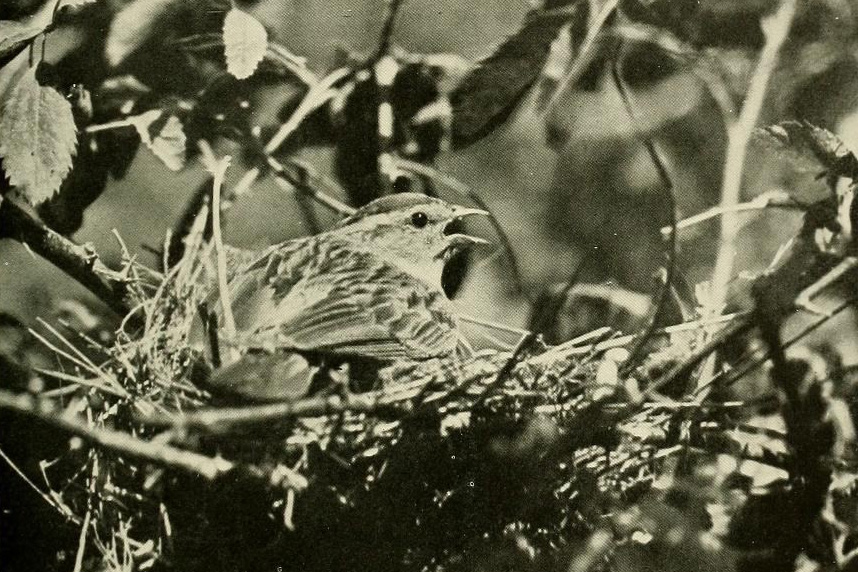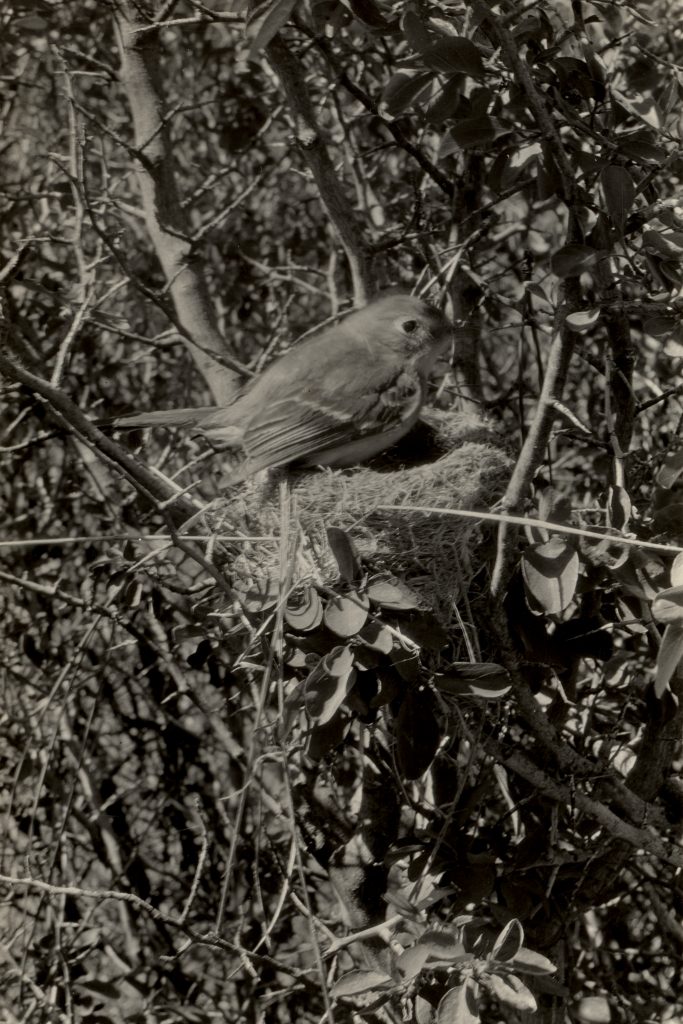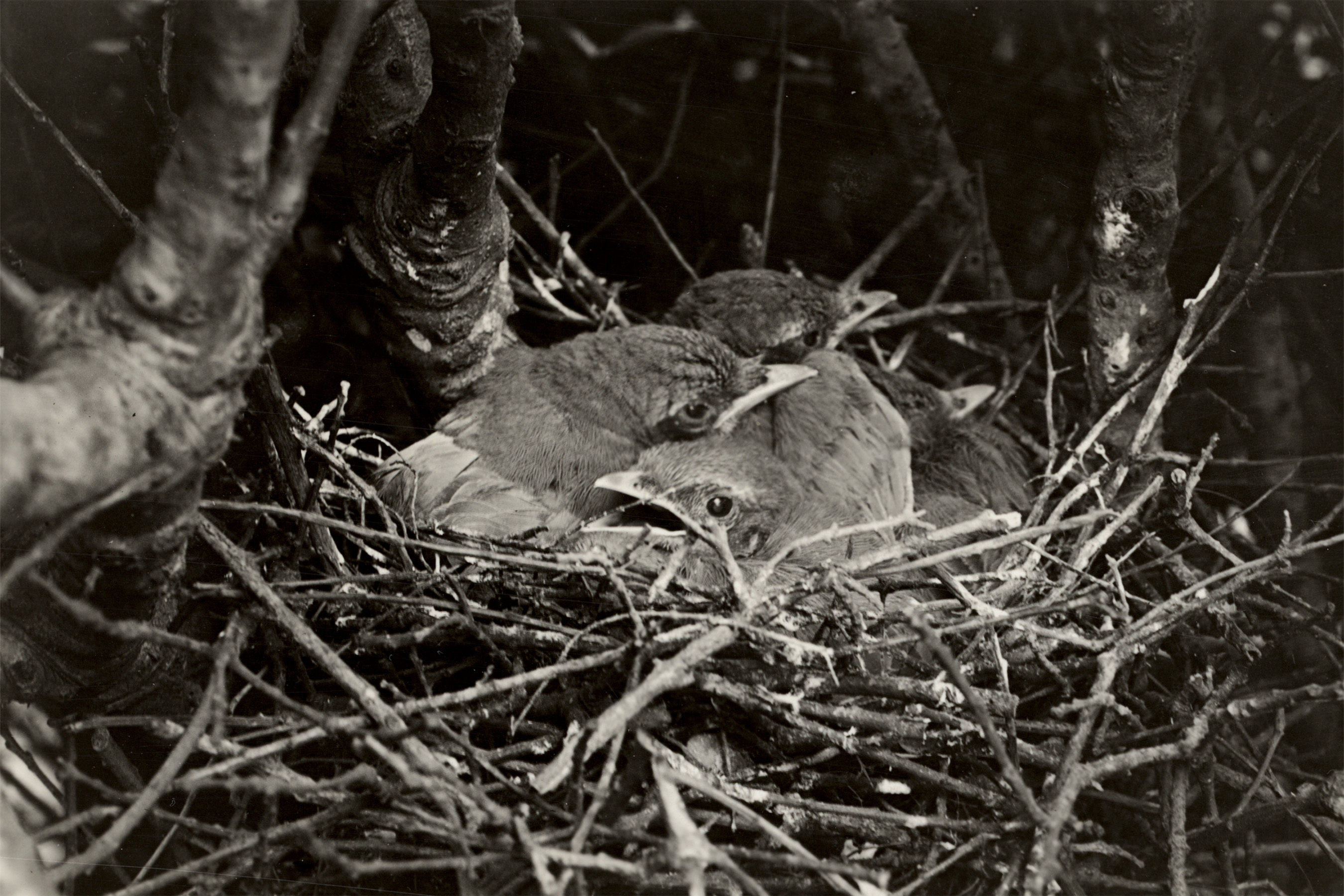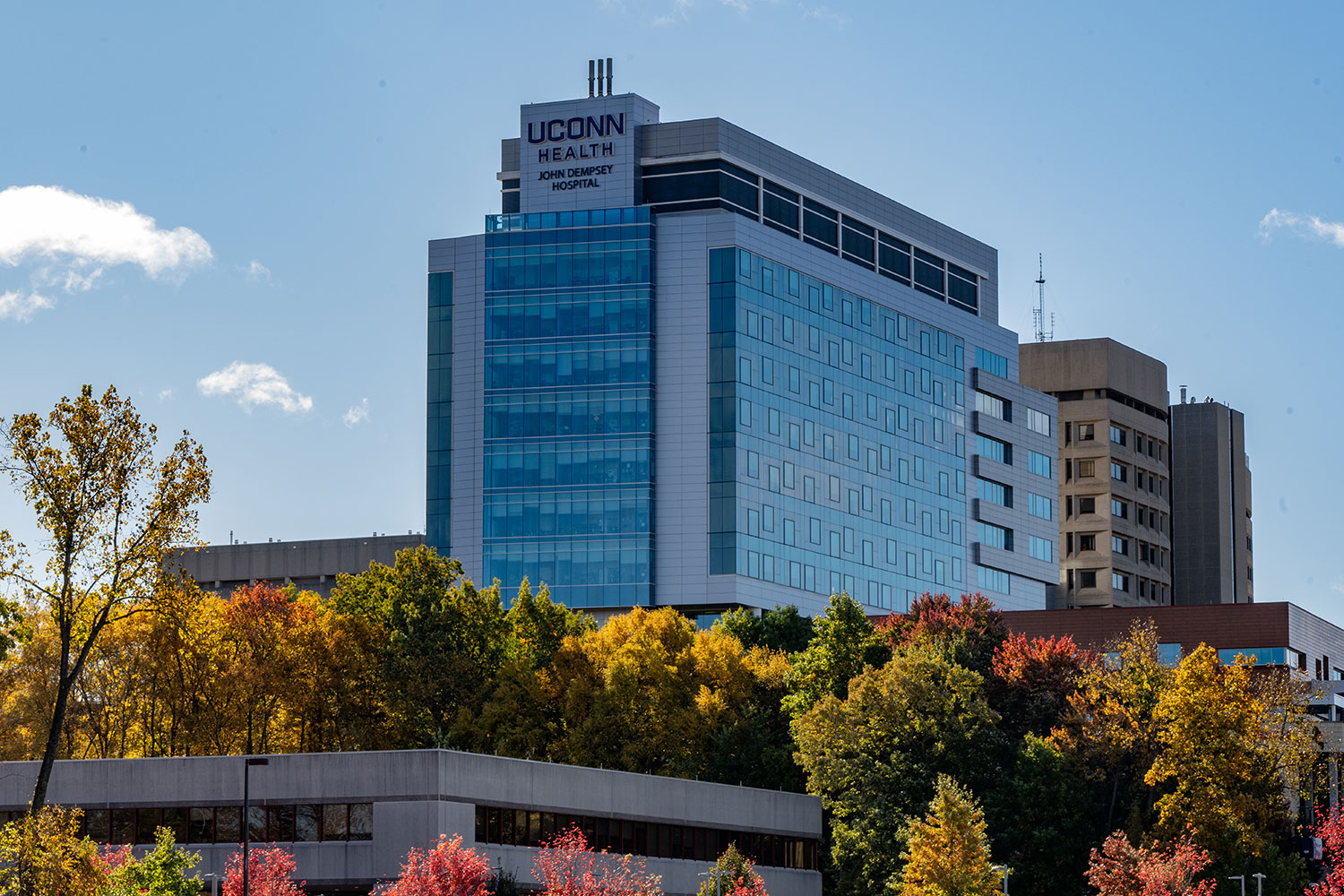In research published Monday in Proceedings of the National Academy of Sciences, researchers from the University of Connecticut, the United States Agency for International Development, and University of California, Berkeley show that Californian birds have shifted their breeding window earlier by about one week over the past 70 years, and this one week allows species to remain in suitable temperatures, despite global warming, without having to shift their location.
We were expecting them to only move in space, but we’ve demonstrated they also move in time. — Morgan Tingley
Over the past century, global temperatures have risen about one degree Celsius and, though it may seem small, this single degree is having a big impact on ecological communities.
“Spring is happening earlier as the climate is changing,” says Jacob Socolar, a postdoctoral researcher working with assistant professor Morgan Tingley in the Department of Ecology and Evolutionary Biology at UConn. “A critical question is how animals cope with seasons starting earlier?”
To adjust to warming temperatures, species that can move are expected to shift their ranges to higher elevations or latitudes where it is cooler, says Socolar.
This isn’t always the case, however. Previous research by Tingley and colleagues found that only about half the birds in California’s Sierra Nevada had shifted upslope to higher elevations during the past century, most likely to escape warming temperatures. But why wouldn’t all species shift?

“We could never fully explain why some species had not shifted their ranges while others had,” says Tingley. “If the temperature is rising and you are capable of escaping, why wouldn’t you move?”
The new study demonstrates that these birds are now breeding earlier than their ancestors did in the early 1900s, and potentially accounts for the puzzling half of the bird population that has stayed put despite the temperature increase.
If birds are breeding earlier, the researchers theorized that, while it might help birds match seasonal peaks in food, it should also expose their young to cooler temperatures while in the nest. They discovered that, by rescheduling their lives, the birds were now experiencing temperatures during nesting that were about one degree cooler than if they had they not shifted, offsetting the one degree regional temperature rise over the same period of time.
“We were expecting them to only move in space, but we’ve demonstrated they also move in time,” says Tingley.
“In the literature, the adaptations of range changes and timing changes have always been thought of separately. What we show is this might not be so simple, and they could be intertwined,” says Socolar.

To study the relationship of summer temperature and bird populations, the researchers accessed data from 47,023 monitored bird nests from more than 100 species, thanks to citizen scientists contributing to Project Nestwatch (NestWatch.org), run by the Cornell Lab of Ornithology. Analyzing these data, the researchers discovered that in certain years, temperature anomalies were correlated with nesting success at the fringes of the breeding range.
“In the colder parts of the breeding ranges, abnormally warm summers increase survival, but in warm southern parts of ranges, abnormally warm summers decrease survival,” says Tingley. “Breeding earlier means breeding colder, and temperature matters for survival of nestlings.”
Tingley and Socolar say these findings add an extra layer of complexity to understanding how some birds are adapting to climate change.
“We’re thinking of this as an extra dimension of adaptability,” says Tingley. “Moving in time is an extra way that species can cope with a changing environment.”
How much flexibility does shifting schedules add? “We don’t know yet,” he says. “It might just be a temporary solution to a long-term problem.”
This project was funded by the National Science Foundation (grants EF1703048 and DEB 0640859), The National Geographic Society, and the California Energy Commission.
This research is a continuation of work Tingley released earlier this year in Nature Scientific Reports, which showed the shifting onset of spring and its impact on the breeding schedules of many recognizable North American songbirds.
Tingley was recently awarded major funding from the National Science Foundation to continue this research on the intricacies of seasonal events and how they relate to the life histories of birds in temperate forests of eastern North America.



